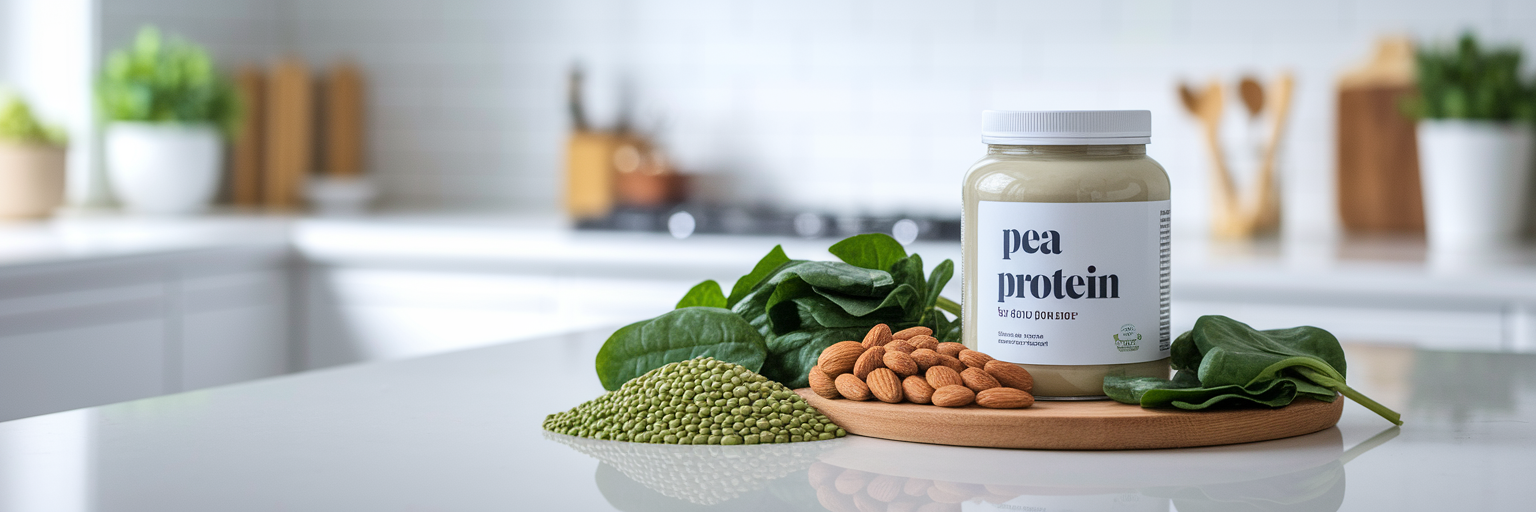We’ve all seen it, maybe even experienced it: the cycle of restrictive dieting that promises quick results but leaves you right back where you started. It’s a frustrating loop. But what if the goal wasn't just to lose weight, but to build a healthier lifestyle you can actually maintain? This is the core of sustainable weight loss. It’s about creating lasting habits, not chasing a temporary fix.
Why Sustainable Weight Loss is the Real Goal
Unlike fad diets that often feel like a full-time job of counting, restricting, and feeling deprived, a sustainable approach focuses on nourishment. It’s a shift in mindset. Instead of asking, "What can't I eat?" you start asking, "What good can I add to my plate?" This simple change can transform your relationship with food, building confidence that lasts far longer than the results of any crash diet.
This approach aligns with a significant cultural shift happening across the United States. More people are exploring plant-based eating not as a radical change, but as an accessible path to better health. In fact, the Obesity Medicine Association highlights a 2023 Wakefield Research study finding that 42% of Americans resolved to eat more plant-based foods. This isn't a niche trend; it's a mainstream movement toward more mindful eating.
Focusing on a well-rounded plant based weight loss plan offers practical sustainable weight loss tips by its very nature. It encourages you to eat more whole foods, which are naturally rich in fiber and nutrients. This approach isn't about deprivation. It's about discovering new, delicious foods that support your body and your goals. As we'll explore, vegan protein can be a powerful ally in this journey, helping you feel satisfied and strong as you build these new habits.
The Power of Protein in Your Weight Management Journey

Now that we've set our sights on a sustainable approach, let's talk about one of its most important tools: protein. Think of your lean muscle as your body's metabolic engine. It burns calories even when you're resting. When you're in a calorie deficit to lose weight, your body can sometimes burn muscle along with fat. Adequate protein intake helps protect that precious muscle mass, keeping your metabolic engine running strong.
Protein also has a remarkable effect on satiety, which is just a technical term for feeling full and satisfied. Have you ever noticed how a protein-rich breakfast keeps you from reaching for snacks mid-morning? That’s because protein digests more slowly than carbohydrates, helping to stabilize your blood sugar and keep hunger at bay. This is a huge advantage when you're trying to manage your calorie intake without feeling constantly hungry.
Plant-based proteins offer a unique bonus: they often come packaged with fiber. This combination is a powerhouse for fullness and digestive health, making vegan protein for weight loss an especially effective strategy. A common question is whether it's hard to get enough protein on a vegan diet. The general recommendation is about 0.8 grams of protein per kilogram of body weight, a target that is easily achievable with mindful food choices and smart supplementation. Protein isn't just a nutrient; it's a cornerstone of feeling satisfied and energized on your weight management journey. For more insights on building a healthy lifestyle, feel free to explore other articles on our blog.
Choosing the Best Vegan Protein Powder for You
With a clear understanding of why protein is so important, the next step is choosing the right tool for the job. The world of vegan protein powders can seem overwhelming, but finding the right one is simpler than you think. It comes down to your personal needs, goals, and, just as importantly, your taste buds.
Understanding Different Protein Types
Not all plant proteins are created equal. Each has its own unique set of benefits. Finding the best vegan protein sources for your body is a key part of the process. Here’s a quick breakdown to help you get started.
| Protein Source | Key Benefit | Best For |
|---|---|---|
| Pea Protein | Hypoallergenic & Rich in Iron | Individuals with soy or dairy allergies |
| Soy Protein | Complete Amino Acid Profile | Muscle building and recovery |
| Hemp Protein | High in Fiber & Omega-3s | Adding a nutritional boost to smoothies |
| Brown Rice Protein | Gentle on Digestion | Those with sensitive stomachs |
| Protein Blends | Balanced Amino Acid Profile & Texture | All-purpose use and improved taste |
Note: This table summarizes the general characteristics of each protein type. The best choice depends on your individual dietary needs, goals, and taste preferences. For a more detailed comparison, check out our guide to the best protein powders.
How to Read the Nutrition Label
Once you have a type in mind, flip the container over and look at the label. Don't get bogged down by every detail. Look for two key things: a protein content of 20–25 grams per serving and minimal added sugars. Many powders use artificial sweeteners and fillers that you just don't need. A clean ingredient list is a sign of a quality product. Also, look for third-party certifications, like from the NSF, which verify that what's on the label is what's in the tub.
Why Taste and Texture Matter
Let's be honest: if you don't enjoy the taste, you're not going to use it consistently. Finding a protein powder that you genuinely look forward to is crucial for long-term success. Some can be gritty, others chalky. Don't be afraid to experiment. Start with single-serving packets or a smaller tub to find a flavor and texture that you love before committing to a large container. Your daily protein shake should feel like a treat, not a chore.
Simple Ways to Integrate Protein Powder into Your Diet

Thinking that protein powder is only for post-workout shakes is like thinking flour is only for bread. It’s a versatile ingredient that can boost the nutritional value of many meals. Knowing how to use protein powder creatively is the secret to making it a seamless part of your daily routine.
Here are a few simple ideas to get you started:
- Boost Your Breakfast: Stir an unflavored or vanilla scoop into your morning oatmeal or plant-based yogurt. It adds a creamy texture and a satisfying protein punch that will keep you full until lunch.
- Thicken Soups and Sauces: A scoop of unflavored protein powder can add thickness and nutrients to creamy soups, curries, or even pasta sauces. Just be sure to whisk it in well to avoid clumps.
- Supercharge Your Smoothies: Smoothies are a classic for a reason. They are perfect for creating delicious vegan meal replacement shakes. For a balanced and filling blend, follow this simple formula: 1 scoop of protein powder + 1 cup of plant milk + 1 handful of greens + 1/2 cup of fruit + 1 tablespoon of healthy fat (like chia seeds or almond butter). Our Chocolate Vegan Protein makes an excellent base for this.
- Bake Better: You can substitute a portion of the flour in recipes for pancakes, muffins, or energy bites with protein powder. It’s an easy way to make your favorite treats work harder for you. You can find some great ideas in our post on 3 easy vegan protein recipes.
While a post-workout shake is great for muscle recovery, don't overlook the power of a protein-rich breakfast to manage hunger throughout the day. Remember, protein powder is a supplement to support your goals. It works best as part of a balanced diet, not as a replacement for whole foods.
Building a Complete Plant-Based Weight Loss Plan
A scoop of protein powder is a fantastic tool, but it's just one piece of the puzzle. A truly effective plant based weight loss plan is built on a foundation of whole, unprocessed foods. This holistic approach ensures you're not only managing your weight but also nourishing your body from the inside out.
While a vegan diet is rich in many nutrients, it's wise to be mindful of a few key ones to ensure your body is getting everything it needs. Pay attention to:
- Vitamin B12: Primarily found in animal products, so look for fortified foods like plant milks and nutritional yeast, or consider a supplement.
- Iron: Abundant in leafy greens, lentils, and beans. Pair them with a source of Vitamin C (like bell peppers or citrus) to enhance absorption.
- Calcium: Fortified plant milks, tofu, and leafy greens like kale are excellent sources.
- Omega-3s: Incorporate flaxseeds, chia seeds, and walnuts into your diet for these essential fatty acids.
A study published by Italy's National Research Council found that a low-fat vegan diet can improve metabolism and insulin sensitivity in overweight adults, reinforcing the benefits of a well-structured plant-based approach. For weight loss, a gentle calorie deficit of around 500 calories per day is a safe and effective target. This isn't about drastic cuts; it's a small adjustment that allows for steady, sustainable progress.
Finally, pair your nutritional plan with regular physical activity you actually enjoy. Consistency is far more important than intensity. Whether it's a daily walk, a yoga class, or dancing in your living room, find movement that makes you feel good. By combining whole plant foods, smart supplementation, and joyful movement, you create a powerful and sustainable framework for achieving your health goals. Ready to get started? Explore our full range of products designed to support your healthy lifestyle.



